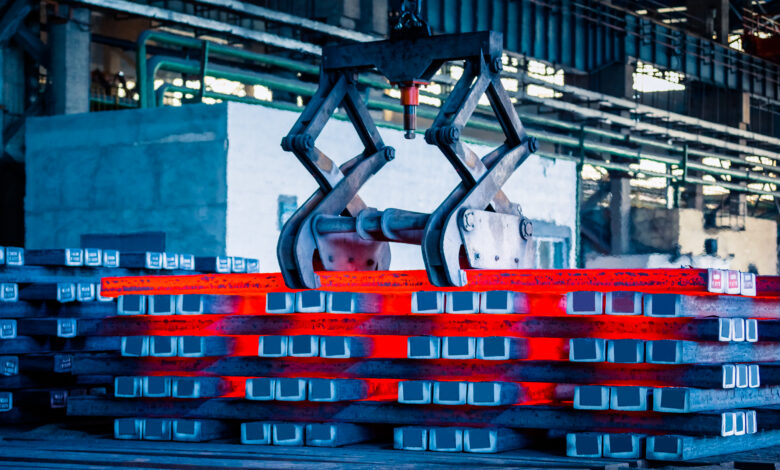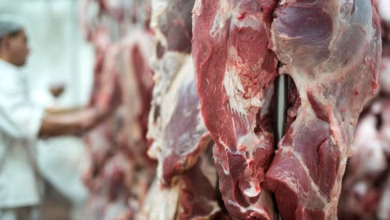Zimbabwe Sets Ambitious Plans to Revive Zisco and Reclaim Steel Industry Dominance

The Government of Zimbabwe has unveiled a strategic roadmap to revive the Zimbabwe Iron and Steel Company (Zisco), a key pillar in the nation’s long-term industrialisation agenda and economic recovery efforts.
Once a regional powerhouse and the largest steel producer in Southern Africa, Zisco shut down operations in 2008 following years of hyperinflation, corruption, and mismanagement. At its peak, the company produced 1.2 million tonnes of steel annually and employed over 4,500 people. Its closure resulted in significant economic disruption and the loss of thousands of jobs.
Despite failed past attempts to resuscitate the steel giant, including high-profile investment deals with Global Steel Holdings of India and Esser Africa, the government remains committed to restoring Zisco to its former glory — with new partners, revised strategies, and renewed urgency.
Strategic Partnerships and Fresh Momentum
Speaking in Parliament, Industry and Commerce Minister Nqobizitha Ndlovu said his ministry is already implementing an action plan that emerged from the National Iron and Steel Indaba held last year. A major focus is building synergies with the Dinson Iron and Steel Company, a Chinese-owned firm that commenced production in 2023 and is currently producing pig iron and steel billets for export.
“The start of production at Dinson provides a unique opportunity to collaborate with Zisco and other downstream industries,” said Minister Ndlovu. “This synergy can fast-track re-industrialisation and inject new life into our steel value chain.”
He added that negotiations are at an advanced stage to sign a Memorandum of Understanding with two new potential investors — a move expected to enhance competition and capacity within the local steel industry.
Key Revival Initiatives Underway
Minister Ndlovu highlighted two major projects that are central to Zisco’s revival plan:
- Recommissioning of Lancashire Steel’s Wire Mill Plant
The revival of this plant is expected to facilitate the production of various wire products such as wire rods, barbed wire, weld wire, galvanised wire, and drawn wire. The project is projected to create over 20 jobs and provide crucial raw materials for both upstream and downstream industries, including agriculture and construction. - Limestone Beneficiation Plant at Buchwa
Plans are in motion to establish a limestone beneficiation plant at the Buchwa Iron and Steel Company site to manufacture burnt lime, aggregate stones, and mill-grade limestone. This development will support steel production while reducing the need for costly imports of processed materials.
The minister also noted that the termination of a non-performing management contract with Kuvimba Mining House has allowed the Zisco board and management to regain full operational control, a move welcomed by the government at this pivotal moment.
Division of Labour With Dinson Iron and Steel
In a forward-looking arrangement, Dinson has agreed in principle to focus on certain steel products such as billets and hot-rolled wires, while Zisco will specialise in producing shafts, wire, beams, angles, and flat sections. This strategy is intended to prevent market overlap and ensure both companies contribute optimally to Zimbabwe’s steel value chain.
A Nation Rich in Resources, Ready for Recovery
Zimbabwe is believed to hold over 30 billion tonnes of iron ore reserves, positioning the country as a potentially significant global steel producer. However, since Zisco’s collapse, the steel manufacturing sector has suffered from underinvestment and capacity erosion.
The revival of Zisco — alongside new partnerships and infrastructure development — is expected to reignite Zimbabwe’s industrial base, stimulate employment, and boost exports. It also marks a significant step toward reducing the country’s dependency on imported steel products.
With renewed political will, strategic planning, and promising collaborations, Zimbabwe is charting a new path to reclaim its place as a major steel producer in Africa. The revival of Zisco is no longer just a dream — it’s becoming a critical part of the country’s economic reawakening.




